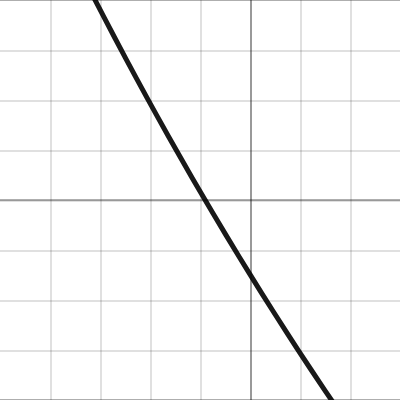DEFINING A LOOSE MODERN SWING
Several times along this thread I’ve said that my RW Table works best for “players with a loose modern swing.” But, my bad, I haven’t defined the term. What exactly do I mean by a loose modern swing?
Most of us learn to swing by sweeping our arms forward off of a relatively immobilized shoulder, which anchors the arm to meet the ball in front along a predictable path. This also entails stiffening the arm and locking the wrist to direct the racquet’s coming through, which renders its weight distribution less material to the swing.
A loose, modern swing starts not in the arm but from the torso uncoiling the shoulders in a wide arc, during which the shoulder joint tightens at the just the right instant to bring the loose arm along for the ride. Here the arm’s very floppiness acts like a whip, translating the kinetic energy (that started in coiling the torso off the player’s low-bend knees) down through the forearm and into the racquet, which, just before contact, is torsionally twisted in three rotational reversals, each coming individually from the shoulder, forearm, and wrist.
34:25 into Biomechanics of The Forehand - Cyril Genevois, Tennis Vlaanderen channel, YouTube, Dec 17, 2020.
The circled areas in the 3 graphs above the 3 photo-pairs displays how sudden and forceful these rotational reversals can be, one leading to the next as the swing moves forward. First, shoulder rotation shifts from outward to inward. Then the forearm turns from suppinated to pronated. Finally, the wrist swings forward, from stable to unstable. These three reversals can be catastrophic for ball striking, combining to destabilize a system that’s been moving along in a nice, predictable path until centrifugal force comes along to activate them just before we hit the ball (impact being represented by the rightward vertical line in each graph).
This very well explains why hitting a heavy ball is far more difficult than it looks. It also makes a racquet’s weight distribution all the more important because the amount of weight and where it’s located affects how a frame will angularly and inertially respond when these sudden directional changes are allowed to occur. With a tight-armed swing, shoulder rotation reverses, and depending on the tightness, some degree of forearm and wrist rotation may happen, but the racquet’s path is significantly more linear. Here the racquet is less pulled in three different directions than manually forced into one.
The upshot is that we all have to swing tight-armed at first, if only to time the swing of a racquet to meet an incoming ball. At this beginner stage, a frame’s weight distribution is all but inconsequential. And even for intermediates, there’s nothing wrong with a tight-armed swing. It can be consistent and predictable and is used effectively by counterpunchers and spinmeisters everywhere. It’s just not a loose modern swing.
In
post #396 of this thread,
@tele brought up a related point: Players who swing bent-armed (often being those with an eastern forehand) may shorten the length of their double pendulum enough to make my table inaccurate for them. After consulting with a couple of advanced players who’re both versed in biomechanics and swing an eastern FH, I’ve concluded that tele is probably right because the more bent the arm, the stiffer it becomes; in the extreme, the shoulder joint is tucking the elbow in against the player’s ribs.
Interestingly, one bent-armed eastern forehander posited that this may be why he prefers his recoil weight around 5 points higher than my table recommends. As he explained it, with his elbow tucked into his ribs, the loose part of his swing was halved down to forearm to wrist (vs. shoulder joint to wrist), which reduced his racquet lag. So it feels like he needs the extra RW to get back the hoop-lag stolen by his shortened double pendulum.
I'd be interested to hear from others who swing an eastern forehand if this makes sense to them and/or if they've gotten a sense of this in their own swing...

